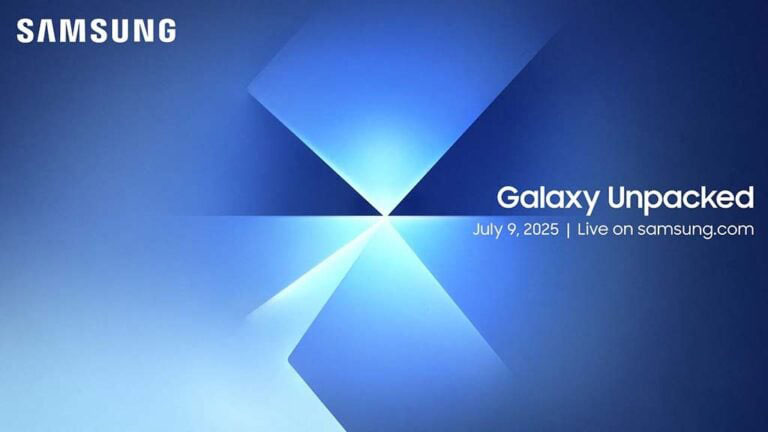16
Jul
Samsung Galaxy Unpacked 2025 – Birth of Ultra-thin, Ultra-light Galaxy ZFold 7
Samsung Mobile held its second Samsung Galaxy Unpacked event of this year in Brooklyn, New York, on July 19th. As expected, the extravaganza event saw the announcement of its latest foldables and watches. I was among the select analysts invited to attend the event in person.
The star of the show was Galaxy ZFold 7, the ultra-thin, ultra-light folding phone/tablet hybrid. As evident, it is the 7th generation and has the most significant leap in improvements across the board—size, weight, camera, construction, and more. Along with that, Samsung also announced the Galaxy ZFlip 7, Galaxy ZFlip 7 FE, and Galaxy Watch 8 series. All devices are now ready for pre-order and will start shipping from July 25th, 2025.
You can find detailed specifications of each of the devices here: Galaxy ZFold 7, Galaxy ZFlip 7, Galaxy ZFlip 7 FE, Galaxy Watch 8 Series.
The launch event was preceded by an in-depth NDA analyst briefing with Samsung product managers and executives, and a hands-on experience session was held after the event, open to all attendees. During the hands-on session, numerous devices were available for exploration, and experts were on hand to answer any questions. I received one of the Z Fold 7 review units and am currently testing it. Be on the lookout for my review here.
Tantra’s take:
Galaxy ZFold 7:
Samsung foldables have come of age. After pioneering the concept, Samsung has brought continuous improvements and enhancements in terms of performance, reliability, and features to foldables. The latest Galaxy Z Fold 7 is their best yet, representing a significant leap in evolution, especially in terms of thinness, weight, and camera quality.
This phone has addressed most of the pain points of a foldable smartphone/tablet hybrid, including bulkiness, heaviness, fragility, difficulty in typing when folded, inferior camera, and others. Its ultra-thinness and ultra-light weight make it look and feel like a regular smartphone. Samsung has rightly dubbed this device the “unfolded Galaxy S25 Ultra,” the company’s latest flagship smartphone. And that is true in many respects:
-
Similar thickness when folded (0.35 in vs. 0.32 in)
-
Lighter weight (7.58 oz vs. 7.69 oz)
-
Comparable outer display (6.7 vs. 6.9 in)
-
Similar camera (200MP sensor)
-
Same performance (Qualcomm Snapdragon8Elite SoC)


0 comments